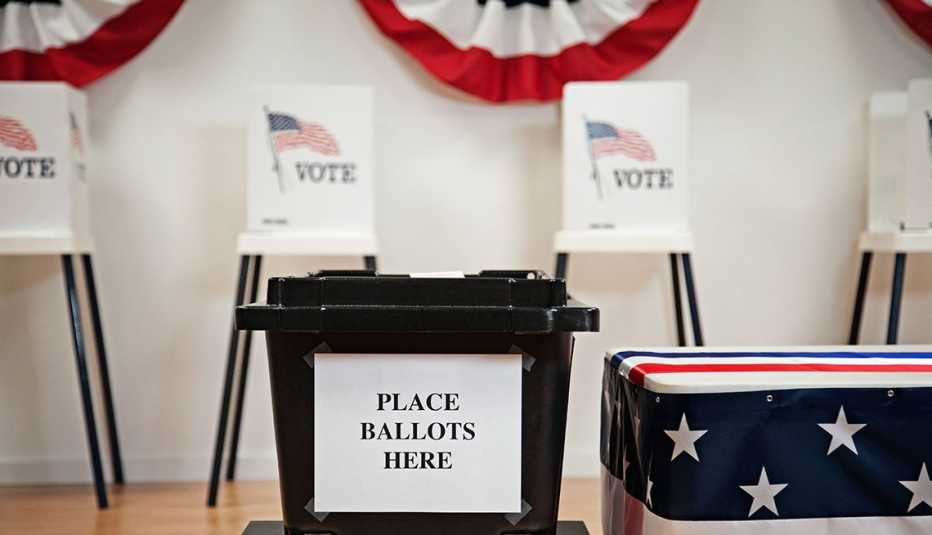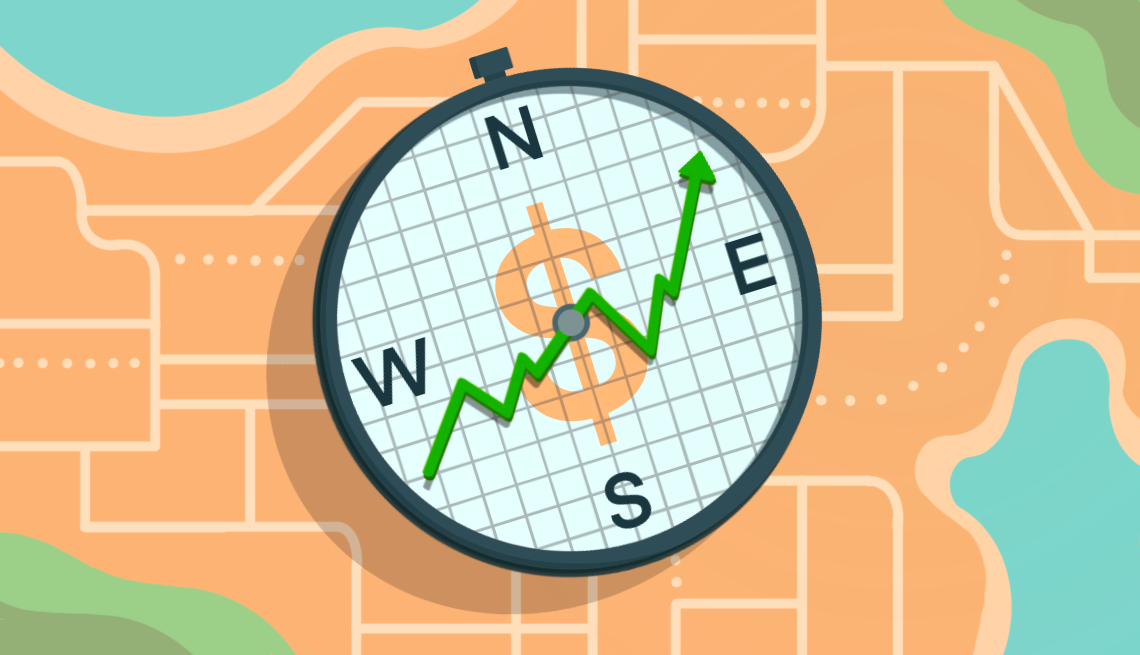Staying Fit


In an age where computers seem to run so much of people’s lives, experts say that when it comes to voting, it’s best to have a paper trail.
This fall’s midterms will be the first national election since the intelligence community revealed that Russians attempted to hack into the nation’s voting systems. According to a new Senate Intelligence Committee report, in 2016 Russian operatives tried to access voter information, including registration data, in at least 21 states. The Senate report said the committee found “ample evidence to conclude that the Russian government was developing capabilities to undermine confidence in our election infrastructure, including voter processes.”


AARP Membership— $12 for your first year when you sign up for Automatic Renewal
Get instant access to members-only products and hundreds of discounts, a free second membership, and a subscription to AARP the Magazine.
A year later, the federal government deemed elections a “critical infrastructure,” alongside the nation’s electricity grid, water supply and many government facilities. The Department of Homeland Security (DHS) then created an elections task force that shares information and best practices with elections officials around the country.
In March, Congress allocated $380 million to the states to beef up election security. It’s the first time since 2010 that lawmakers put any federal money toward modernizing elections. “I don’t think that’s enough, but it’s a good first step,” says Lawrence Norden, deputy director of the Democracy Program at New York University School of Law’s Brennan Center for Justice.
Each state will get at least $3 million, says Thomas Hicks, chairman of the U.S. Elections Assistance Commission (EAC). The EAC, an independent bipartisan commission, was created by the Help America Vote Act of 2002 in the aftermath of the 2000 presidential elections that made “hanging chads” a household phrase. “From the states I’ve talked to, they look at this as a great down payment in improving the process,” he says.
States plan to use the money to help ensure that their voter registration systems are secure and accurate, pay for new voting equipment and hire technical staff to update their systems.

































































More From AARP
11 Ways to Fight Election Disinformation
The 2024 election is on the horizon. How can you tell if photos, videos and stories are real?Biden Administration Proposes First-Ever Nursing Home Staffing Standards
75 percent of facilities would need to increase staffing levels, government estimates